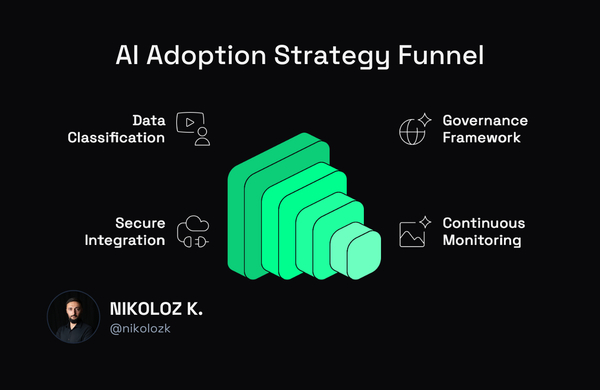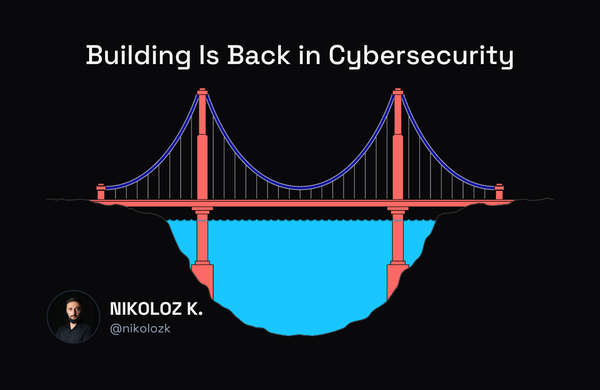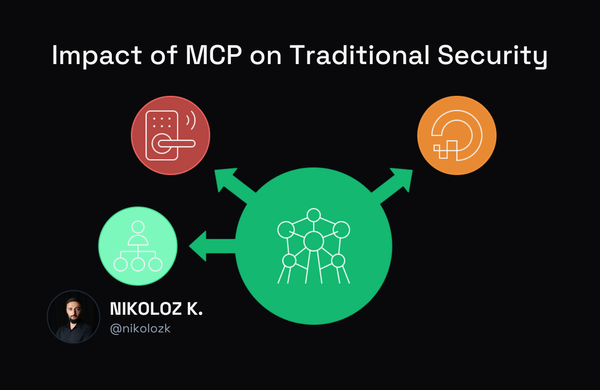Navigating the AI Spectrum

Nikoloz Kokhreidze
Explore the AI spectrum, from weak AI to conscious AI. Understand the relationship between AI, Machine Learning, and Deep Learning, and their applications.
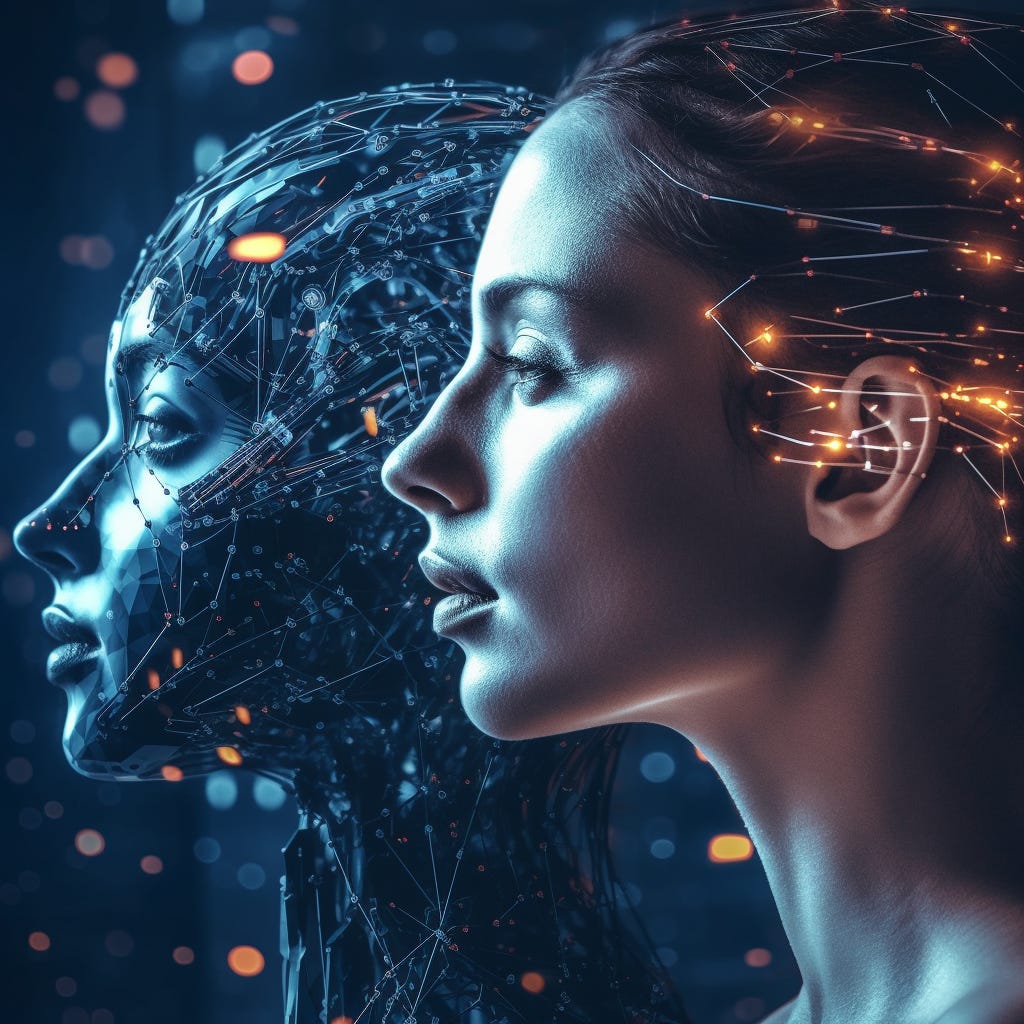
Artificial Intelligence (AI) is increasingly transforming our world, but what exactly is it, and how does it differ in its forms and applications? In this article, I will guide you through the AI spectrum, from weak AI to conscious AI, and share insights along the way.
Useful Terminology
Before we jump in, let me explain some of the important terms that will help you better understand the content of this article.
What is Artificial Intelligence (AI)?
Artificial Intelligence (AI) refers to the simulation of processes that require human intelligence by machines. While the list of processes might be pretty broad, they often include learning (the acquisition of information and rules for using the information), reasoning (using rules to reach approximate or definite conclusions), and self-correction. In a nutshell, the goal of AI is to build machines capable of mimicking human intelligence to perform tasks that would typically require human intelligence, such as understanding natural language, recognizing patterns, making decisions, and learning from experience.
AI has been part of our everyday lives for years. Remember the last time you Googled your favorite recipe or cleaned up your spam folder in Gmail? Well, Google's search algorithms use AI to understand your search query and find the most relevant results, while Gmail uses AI to filter out spam emails.
Similarly, if you've asked Siri a question on your iPhone or told Alexa to play your favorite song on an Amazon Echo, you've used AI. These virtual assistants use AI to understand and process natural language commands. Moreover, when browsing your Facebook News Feed or getting recommended a movie on Netflix, AI analyzes your behavior to show you the most relevant content.
Today, the influence of AI is growing beyond these applications. With the advent of big data, increasing computing power, and more sophisticated machine learning models, AI is creating significant value across various industries and is expected to make an additional $13 trillion US dollars annually by 2030. Its impact will be felt across numerous sectors, such as retail, travel, transportation, automotive, materials, manufacturing, and more.
What is Machine Learning (ML)?
Machine learning is a subset of AI that enables computers to learn from data without being explicitly programmed. It involves creating algorithms that learn patterns from data and making predictions or decisions based on them.
Machine Learning can be divided in three main types: supervised learning, unsupervised learning (learning input-output mappings from labeled data), unsupervised learning (learning patterns in the input data without labels), and reinforcement learning (learning through interaction with an environment, where actions have delayed consequences).
Each type of Machine Learning has its purpose and use case; I will explain those with some examples.
An email spam filter is an excellent example of supervised learning. A spam filter is trained on a bunch of emails already labeled as 'spam' or 'not spam,' and it learns to identify spammy keywords or patterns. Later when an email arrives, the machine can predict if it handles spam. The more high-quality data it is fed, the more accurate the filter may become (I will talk about the importance of data in another article - so consider subscribing).
Now, unsupervised learning is more mysterious. In this case, the machine is given a bunch of data and asked to figure out the differences based on patterns, even though it is not explicitly instructed on what patterns to expect. Unsupervised learning can be used to learn cyber-attack patterns and detect such attacks in the future.
Reinforcement learning is a more different type of Machine Learning. It's similar to learning to ride a bike: you make mistakes, fall off, and damage your knee, but in the end, you learn how to ride it through trial and error. A classic example of reinforcement learning in action is the game-playing AI developed by DeepMind, called AlphaGo. It played millions of games against itself, learning from its mistakes and improving each time. Eventually, it beat world champions in the game of Go, which is a significant achievement, considering the game's complexity.
What is Deep Learning about?
Deep learning is a subset of machine learning based on artificial neural networks, particularly deep neural networks. These networks are loosely inspired by the human brain but operate quite differently. They can learn complex patterns from large amounts of data, making them particularly useful for image and speech recognition tasks. Despite their name, the workings of artificial neural networks have little in common with actual biological neural networks.
For example, consider self-driving/autonomous cars, which rely heavily on deep learning. These cars are trained to recognize and interpret vast input data. Using sensors and onboard analytics, they continuously capture thousands of pieces of information about the world around them every second. This could include detecting objects around the vehicle, identifying road markings, signs, or traffic lights, and predicting the actions of other drivers and pedestrians.
In summary, AI is the broader field covering all tools and techniques used to make computers behave intelligently. Machine learning is a subset of AI, and deep learning is a subset of machine learning.
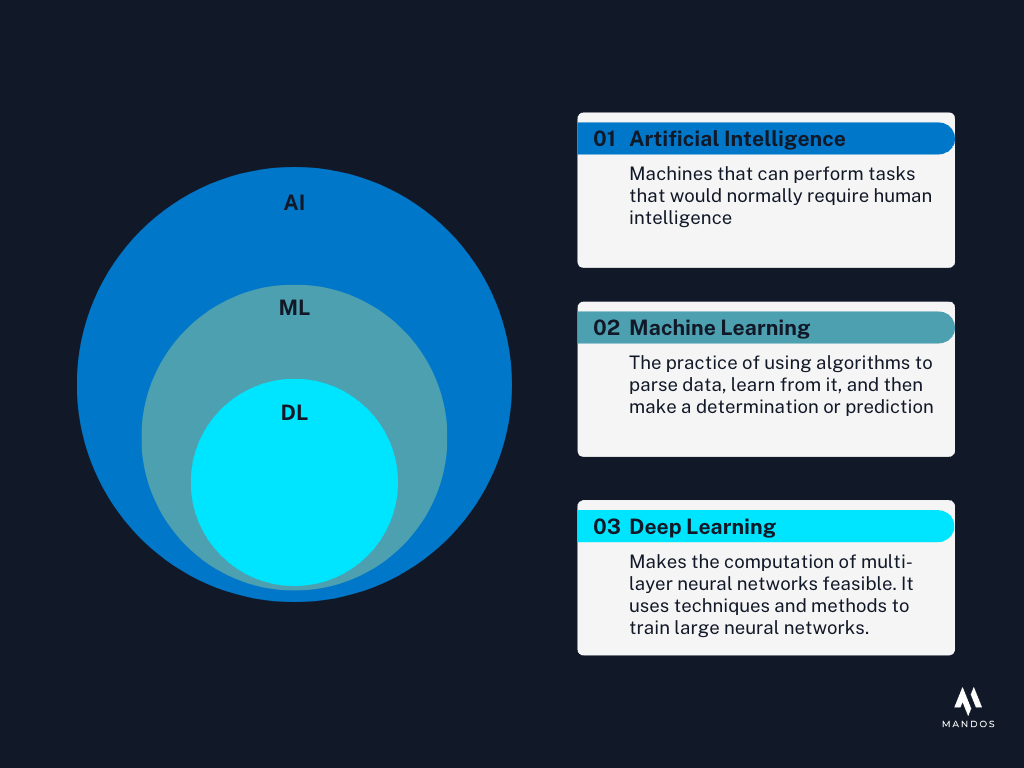
Exploring the AI Spectrum
AI can be conceptualized as a spectrum, ranging from systems designed to carry out very narrow tasks (like a toaster that's only intended to toast bread) all the way up to systems that possess a consciousness similar to us, humans.
In this spectrum, there are four main types of Artificial Intelligence, Weak AI, Strong AI, Super AI, and Conscious AI. I will dive deep into each category in the following part of the article by using an example of a bus.
Weak AI
Weak AI (or Narrow AI) is like a bus that follows a set route. It's good at the specific task it's designed for - transporting people along that route - but it can't adapt to changes, like traffic or road construction unless it's explicitly programmed to do so. Siri, Alexa, Spam filters, and recommendation systems discussed in the beginning are all examples of Weak AI since they can handle customer queries based on a predefined script but can't engage in a meaningful, unscripted conversation.
Future developments in Weak AI will most likely improve accuracy, expand the range of tasks they can handle, and improve their ability to interact with humans in natural language. For example, voice assistants might become more nuanced in understanding and generating human-like responses. Machine learning models might become more efficient and less data-hungry. However, the potential for misuse of these technologies also increases. For instance, deep fakes (AI-generated fake videos) pose a significant challenge to information integrity.
Strong AI
Strong AI (or General AI), on the other hand, is like a bus that not only follows a set route but can also adapt to environmental changes, like traffic jams or road blocks, and find the best alternative route. An example is a self-driving car, which can navigate its environment and make decisions based on sensory inputs. We currently do not have a real-life example of Strong AI, but HAL 9000 from the movie "2001: A Space Odyssey" could be one. If you have not seen the movie yet, I would highly recommend you do.
If we can develop Strong AI, it would be able to understand, learn, and apply knowledge across a wide array of tasks just as a human would. This could lead to advancements such as highly personalized AI tutors that adapt to an individual's learning style or a complex problem-solving AI that can handle tasks that require human ingenuity. However, some experts have concerns regarding job displacement and an 'intelligence explosion,' where a sufficiently advanced AI could trigger rapid technological growth, leading to unforeseeable changes to human civilization.
Super AI
Super AI is a bus that not only follows the best route and adapts to environmental change, but it also evolves over time to become better at its job, perhaps learning to predict when there will be high demand for specific routes based on historical patterns and current events. A Super AI would surpass human intelligence and capability. It would be able to perform tasks better than a human and could even self-improve in a way that's unfathomable to us. The idea of Super AI is often depicted in science fiction, for example, the all-knowing, all-powerful AI seen in movies like "The Matrix" or "Her."
The potential development of Super AI, where AI surpasses human intelligence across all fields, is a highly debated topic. Some researchers believe it could lead to an unprecedented era of growth and prosperity. In contrast, others warn of potentially catastrophic consequences. It's also the area where ethical considerations are most visible. For example, how can we ensure that a super-intelligent AI aligns with human values? How can we prevent the misuse of such powerful technology? These questions require deep research, strict regulation, and control of how AI technologies are developed, ensuring human ethics and morale are a core part of this technology.
Is Security Blocking Your Next Enterprise Deal?
Let's discuss how fractional CISO services can unlock your pipeline without the full-time overhead.
Conscious AI
Last but not least is Conscious AI, the ultimate form of AI. Imagine a bus that possesses self-awareness and experiences emotions and self-thought. It not only knows the best route, adapts to the environment, and learns over time, but it also understands why it's doing what it's doing, experiences emotions about its performance, and perhaps even desires to become a better bus. Conscious AI is primarily speculative and currently the stuff of science fiction. We see representations of Conscious AI in movies like "Ex Machina," where the AI character Ava appears to experience emotions and self-awareness. Another fascinating movie to add your watchlist.
The introduction of conscious AI are groundbreaking would trigger a radical shift in how we understand consciousness and see the world around us. Imagine a silicon-based life-form that has its own beliefs, thoughts, imaginations, and desires. How does it integrate with human society? Or does it at all? I guess we will have to wait and see.
Conclusion
I hope this article helped you learn a bit more about relationship between AI, Machine Learning and Deep Learning. I also hope that you found conversation of different categories of AI interesting and I invite you to think about their potential future, the ethical considerations, and, most importantly, our roles as responsible innovators and users in this rapidly advancing field.

